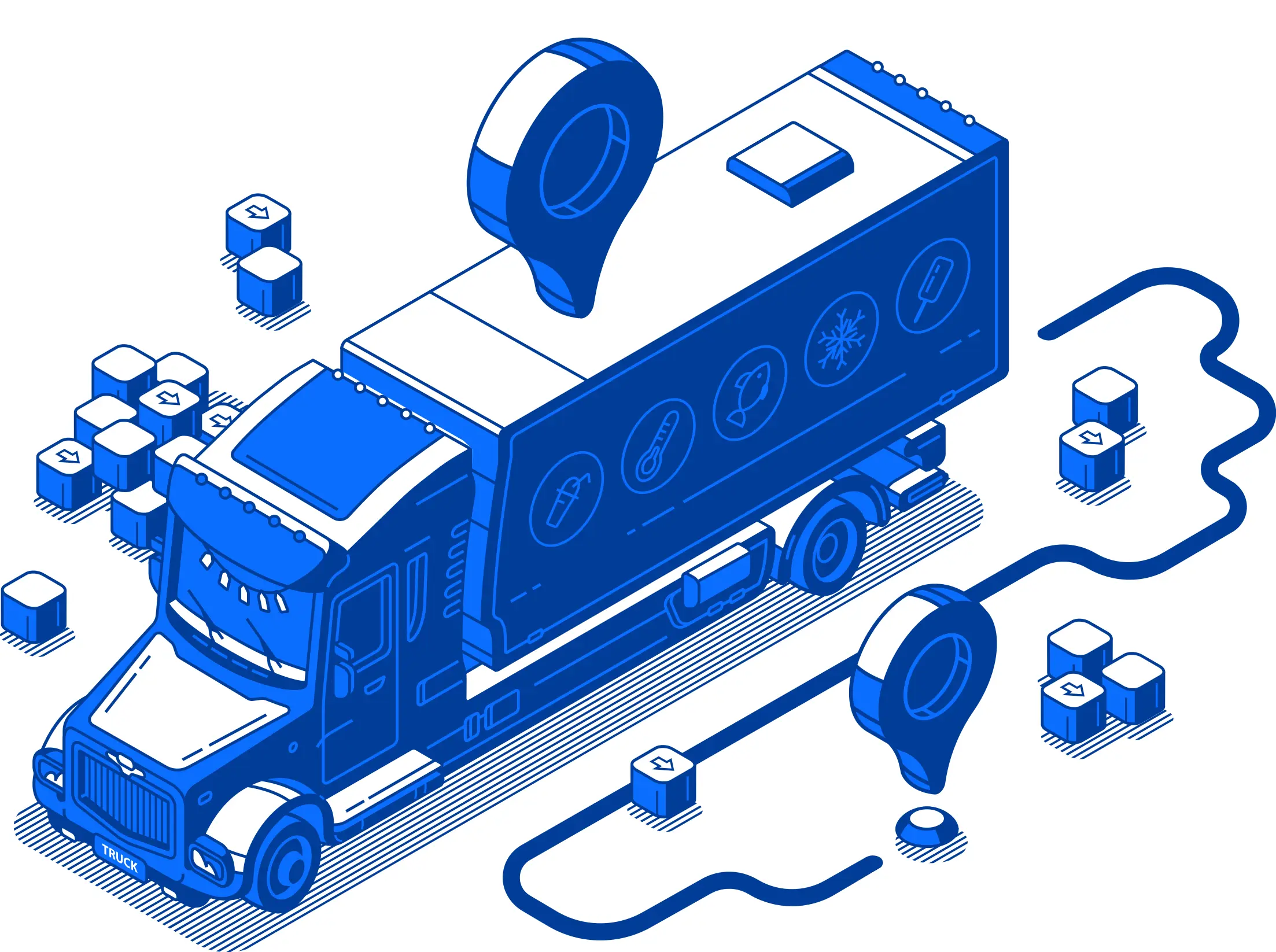Per Progressive’s commercial insurance division, owner-operators in the trucking industry make an average of $141,000 gross per year. That’s a significant increase over the average wage of a driver ($47,130). But, you have to factor in the operating and maintenance costs.
When you’re an owner-operator, you have to pay for several items on your own. You’re buying your own rig. It’s up to you to get your license, permits, and insurance coverage. Plus, there is the software needed for invoices. If you do your self-employment taxes, you’ll need tax software; otherwise, you’re paying for a bookkeeper. You must pay estimated taxes each quarter.
Advertising costs may include having a website and social media sites. You may want a listing in the phone book or newspaper. Don’t overlook the importance of having a phone and service when you’re on the road. You’ll need to pay for meals on the road, and there’s fuel, coffee, and tolls. It gets expensive.
As an owner-operator, you want to maximize your income. How do you do that? Finding ways to save money is essential. One of the key areas of focus has to be on maintenance costs. If you learn how to do some of the maintenance yourself, you’ll save a lot of money.
You want to maximize your profits. What areas of truck maintenance are the most important? How many of these are things you can do on your own?
Take Care Of Your Expensive Rig
Whether buying new or used, your semi-truck is a significant expense. Look at a few dealers to get an idea of what a used cab costs. You have day cabs, sleepers (flat-roof, mid-roof, or raised-roof), and nose trucks (slope-nosed or conventional). For example, at Kenworth Sales, a used 2020 Kenworth with 156,000 miles sells for almost $200,000. You can get a 2019 Kenworth with just over 488,000 miles for around $97,000. Prices may be cheaper where you’re located, but they could also be higher.
You still have the semi-trailer to purchase. Prices depend on if you want a flatbed, dry van, or refrigerated trailer. For a used dry van trailer from Penske, you’re likely going to spend between $20,000 and $55,000.
That’s used rigs. Purchase new, and the prices can be much higher. Even if you lease or take on monthly payments, the monthly payment can eat up a good percentage of your income. You’ll also be driving hundreds of miles each week. Tires wear out quickly when you’re on the road.
Maintenance Is Essential If You Want to Lower Costs
Proper maintenance is essential for lowering costs. Create a checklist and go over each item before you leave. If you go through the list at the end of a trip, you’ll have time to take your truck to a repair center if the repair is more than you can handle.
Brakes
Before taking a route, check the brakes. Make sure they feel firm and stop properly. If they’re squishy or make unusual noises, have them inspected. They may need an adjustment, or there could be an issue with worn pads or leaks that needs addressing.
Connections/Coupling Devices
Verify that the coupling devices are intact and nothing’s broken. When the connections are made, does electricity continue to the trailer so that the brake lights and taillights work correctly?
Dashboard Indicators/Electricals
Turn on the engine and look for dashboard warning lights that stay on. If there are issues with the system, a light will be solid or flashing. Have those issues addressed as soon as you can. It could be something as simple as low oil, but it could be something more significant, like a faulty sensor or wire.
Emergency Supplies
Make sure the cab is equipped with emergency supplies. A first aid kit is a must-have. You need to have a fire extinguisher, and a blanket and non-perishable foods are ideal if you get stuck in wintry weather. Have flares, matches, a change of clothes, and water bottles.
Fluids
You should be able to check fluids on your own. Verify that the oil levels are correct. If it’s been a while since you changed the oil, perform an oil change. Other fluids you need to check are the brake fluid, coolant, transmission fluid, and windshield cleaner.
Heating/Cooling
Check that the AC and heating systems work. You’re behind the wheel for hours, so your comfort is crucial. If you don’t have heat or AC, you might overheat or become too cold. If you have a sleeper cab, you definitely want to be comfortable and get a good night’s sleep.
Lights/Horn
It’s important to check all of the lights on your cabin and trailer. Ensure the directionals work, that the headlights and high beams work, and that the trailer’s taillights are functional. If any bulbs are burned out, replace them.
You want to activate the horn to make sure that it’s working, too. Other traffic may not see you on a sharp corner. Avoid the collisions by blowing the horn when approaching.
Mirrors
Look at your mirrors to make sure they’re not cracked, falling off, or loose. Position them correctly before you leave.
Tires
Gas prices go up, and the increasing cost eats into your revenue. A fuel discount card is one of the best ways to lower that cost. Ensure your tires are properly inflated to avoid burning through more gas than planned. For every single PSI that a tire is low, fuel consumption increases by as much as 0.2.
Tires are one of the first things you should check before heading out. Make sure the tires are properly inflated. If there’s a flat tire, it’s time to find out if there is a puncture or a slow leak. Get the tire fixed or repaired before you go. That helps with fuel consumption and MPG.
Windshield Wipers
Finally, check that your wipers work and that the blades aren’t cracked or dull. You need to have a clear windshield if it’s raining. Streaks can obstruct your vision and lead to an accident. If the wiper blades need replacing, that’s an easy task. If the wiper motor is worn, it’s time to call a professional in truck repairs.
By keeping your truck and trailer well maintained, you avoid unplanned expenses when you’re on the road. Towing a semi can be costly. Hook-up fees run upwards of $500, and there are fees for each mile you’re pulled.
Some states put caps on the amount a company can charge you. In West Virginia, heavy-duty towing rates are capped at $211 per hour. If the truck is heavier, it can cost up to $332 per hour. If more than one wrecker is needed to pull you back on the road, it can cost up to $1,069 per hour. With routine maintenance, you lower the risk of needing a wrecker.
Other Ways to Make Extra Money
Truck maintenance tips only get you so far. Have you overlooked the importance of getting paid on time and maximizing your routes to ensure you’re not traveling with an empty trailer? Saint John Capital offers a service through the free app where you can find loads. Sign up and make sure you have loads to haul on the way to your farthest point and back to your garage.
Invoice factoring ensures you get paid as soon as you complete a run. Submit your bill of lading to Saint John Capital. We’ll send you the money that’s owed, minus a small fee, so that you never have to wait weeks or months for a client to pay. Learn more about our freight factoring service and debit card that helps you save gas on every fill-up.











